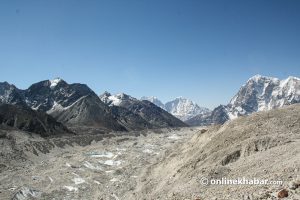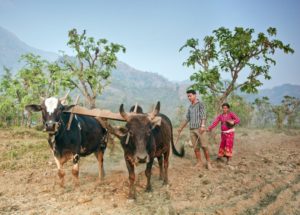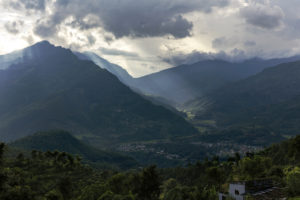
Water is life and will always be. It comes in different forms and discussions around its importance also take different shapes. Despite their importance in mountain and hill communities, springs or springsheds have often been overshadowed by glaciers and river systems in the past. Approximately 100 million people in the Hindu Kush Himalaya (HKH) region rely on springs, making them an essential resource that deserves greater recognition.
Sanjeev Bhuchar is a dedicated professional working on watershed and springshed management, particularly in the context of changing climates. Equipped with a PhD in Botany and specialised knowledge in ecology from Kumaun University in India, Bhuchar’s journey has revolved around the research and development of watershed and springshed management projects. He has worked for over 25 years in the HKH region nurturing his expertise and passion.

Having worked with esteemed organisations like the G.B. Pant Institute of Himalayan Environment and Development in India, Helvetas Swiss Intercooperation in Afghanistan, and the International Centre for Integrated Mountain Development (ICIMOD), Bhuchar boasts a deep understanding of the complexities of springsheds within the HKH region. His practical experience and skills in this field have established him as a notable authority in driving positive changes for the region’s water systems.
As the world celebrates World Water Week with the theme “Seeds of Change” Bhuchar says it serves as an avenue to raise awareness on pertinent topics and bring them into the spotlight. Talking to Onlinekhabar, he reiterates the importance of the springshed management for different communities and the need to sensitise decision-makers to the value of springs for a more sustainable and resilient future.
Excerpts:
Having worked in countries of the Hindu Kush Himalaya region, what kind of similarities do you see in terms of springsheds across the region or maybe differences in terms of how people look at them?
Despite their importance to mountain and hill communities, springsheds have often been overshadowed by glaciers and river systems in the past. Springsheds might be known by many local names like mul, dhara, and nalas but they all play a vital role as groundwater sources.
One remarkable commonality is the trend of springsheds drying up or depleting. This trend caught the attention of researchers and practitioners alike in countries like India, Nepal, Bhutan, and even regions like the Chittagong Hill Tracts in Bangladesh. It is like a shared concern transcending borders, echoing a clear need for action.
While the specifics might differ from country to country, the central themes of the challenges and solutions surrounding springshed management are remarkably similar. It’s a story of recognising the value of these hidden water sources, bridging technical and social aspects, and ultimately striving for sustainable solutions that benefit the entire region.
Springsheds have not received the attention they truly deserved. They are absolutely vital for mountain communities, serving as the life for both rural and urban water supplies. It is fascinating to think about how these seemingly small water sources have such a significant impact on the well-being of entire communities.
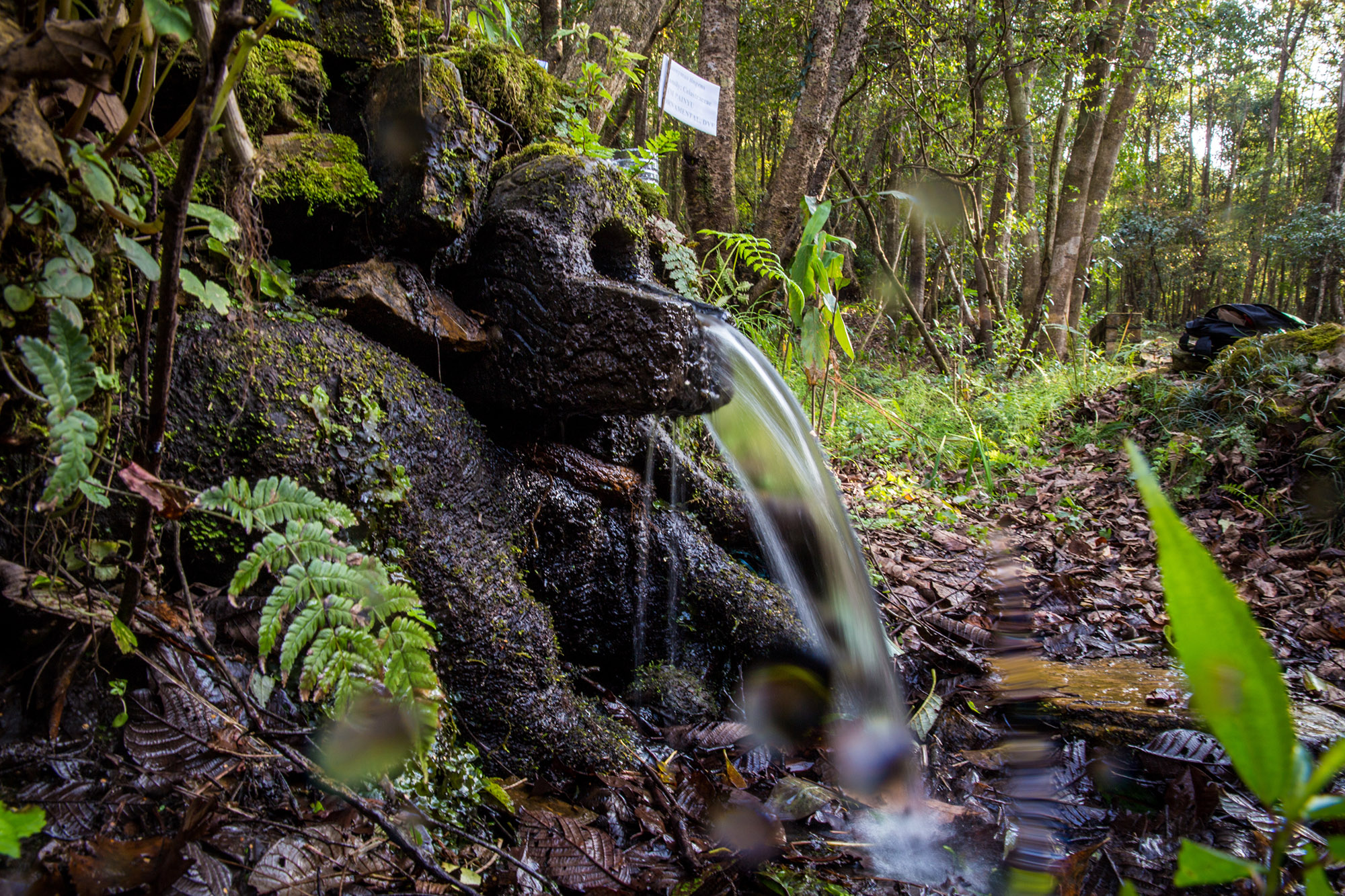
How do you see the revival of springsheds in today’s day and age? Is it possible?
In the early days, efforts often revolved around local initiatives like protecting and re-greening springs. These are valuable steps, of course, but the real breakthrough came when we realised that the key to revival was an integrated approach. What is interesting is that while the problem is somewhat consistent, the approaches taken to address it vary.
This involved understanding the hydrogeology—the way water moves beneath the Earth’s surface—and identifying recharge areas, which could sometimes be quite a distance from the spring. The other critical factor was community involvement.
It became clear that reviving springsheds or springshed management was not just about science; it was deeply intertwined with social, gender, and governance systems. Ownership and collaboration were paramount, especially considering that the communities benefiting from the springsheds and those responsible for their recharge areas might not always be the same.
This insight led to the development of a comprehensive six-step protocol for springshed revival. The springshed management protocol covers everything from springshed inventory and selection to hydrogeological assessments, all the way to designing both technical and institutional measures that are inclusive and responsive to the community’s needs.
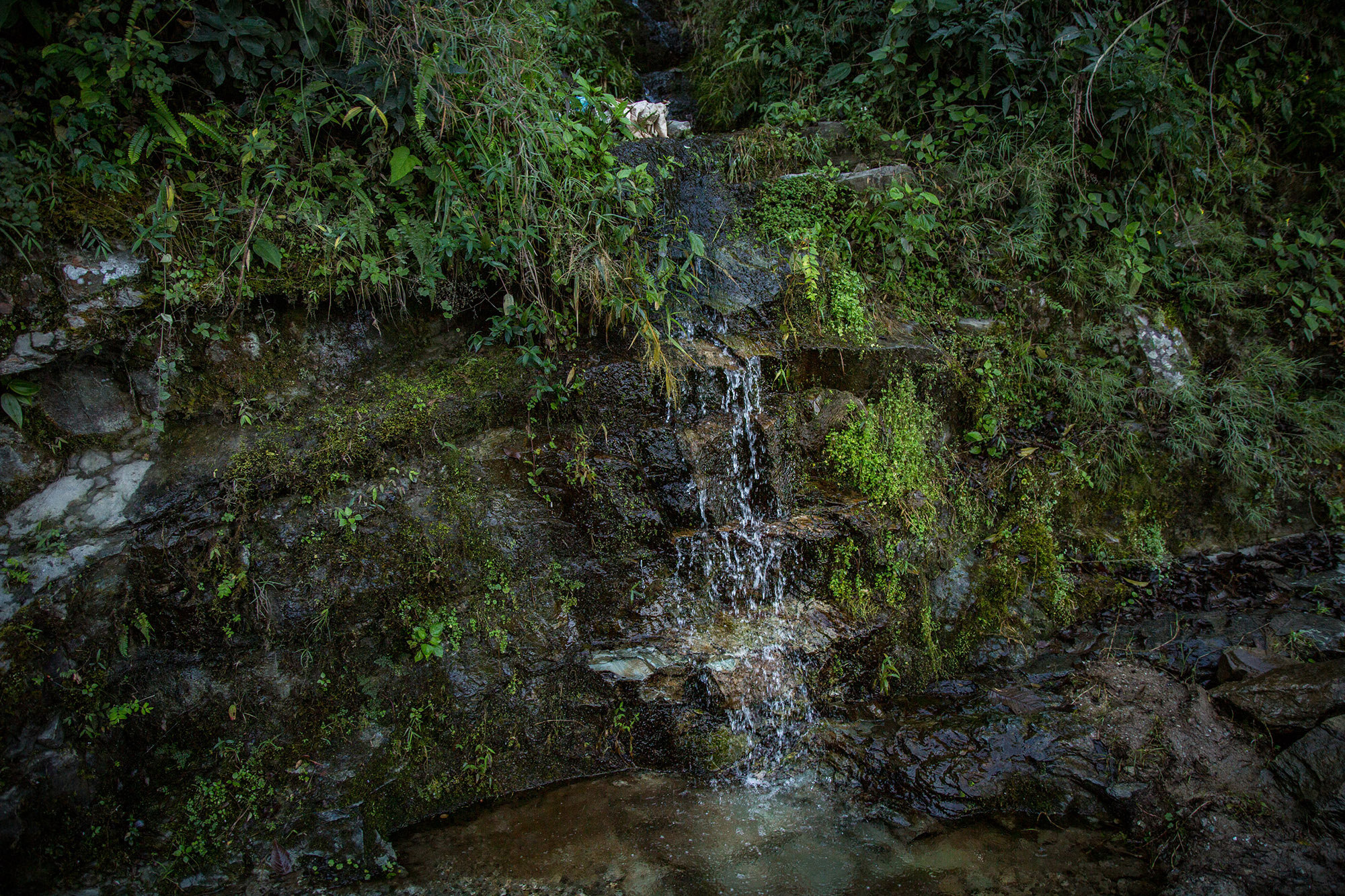
Drying of springsheds is related to groundwater depletion. What aspects do you think majorly affect the depletion rate?
Springsheds are a part of the groundwater. When there is rainfall or snowfall, that water seeps into the ground, finding its way into the spaces within rocks and aquifers beneath the surface.
These aquifers store water, and different types of rock determine how water moves through them. Think of it as storage capacity and how quickly water can travel underground. This stored water makes its way to the surface through springs, forming these small water sources. Even during dry spells, springsheds continue to flow because they are linked to this concealed groundwater reservoir.
When we discuss springsheds drying up and the depletion of groundwater, certain factors come into play. Urbanisation, where cities expand, can influence how much water infiltrates the ground. Additionally, deforestation alters how water is absorbed, impacting the levels of groundwater that nourish springs. It is all part of this intricate interplay where human activities can disturb the natural equilibrium.
Besides the technical aspects, there are cultural and governmental factors at play when it comes to springshed management. In our region, springsheds and culture have deep ties. Festivals in Nepal and HKH countries revolve around springs, and these practices are used to contribute to springshed management and conservation. However, many traditional practices are fading away, distancing us from effective conservation methods.
Another concern is the loss of traditional systems. Traditional ponds are used to aid groundwater recharge and springshed preservation is sadly being replaced by concrete structures, impacting springshed health.
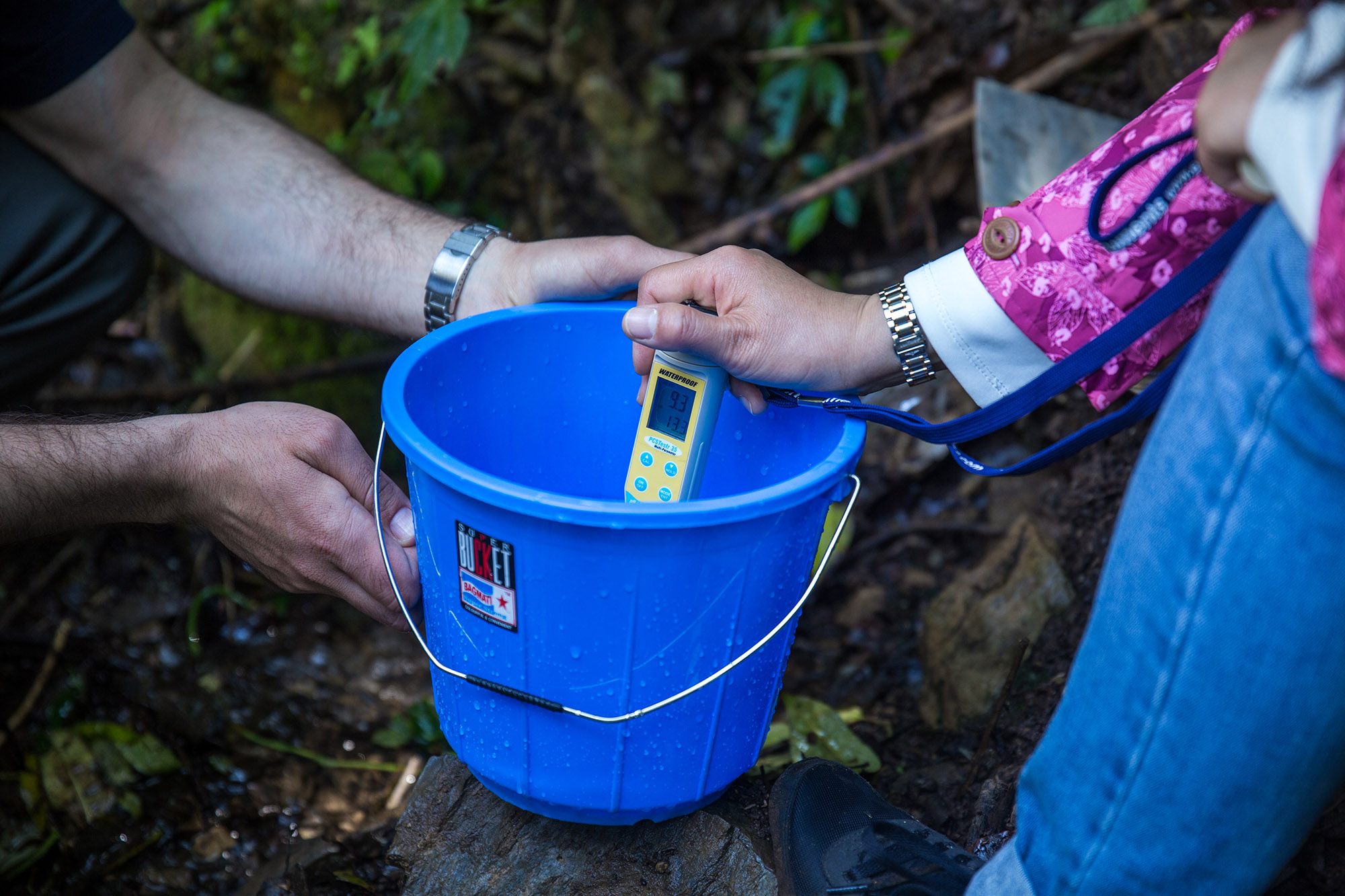
Are there other aspects that impact the depletion of springsheds or impact their conservation and management?
The challenges around springshed management stem from a mix of cultural shifts, inadequate education, evolving governance systems, and the need for a more holistic perspective that treats springsheds not just as sources, but as vital resources linked to broader groundwater dynamics.
The approach of focusing on tapping springsheds rather than managing them as resources also needs reconsideration. Over-extraction from wells impacts not only the immediate area but also other interconnected springsheds and groundwater systems.
Another trend we are noticing is that once piped water supply schemes are in place, people tend to assume the government will take care of everything, including springshed management. This mindset can lead to complacency until disruptions occur.
In Himachal Pradesh, for example, communities rely on both piped supply schemes and springs. However, as governance systems shift towards government control, community ownership over springsheds diminishes.
Engineers are often taught to construct water facilities without much emphasis on protecting recharge areas. The education system for technical professionals plays a role here. It surely needs a revision there.
And there needs to be a paradigm shift regarding how we look at springshed management as it is not just about the quantity or volume of the water but also the quality of the water that needs attention.
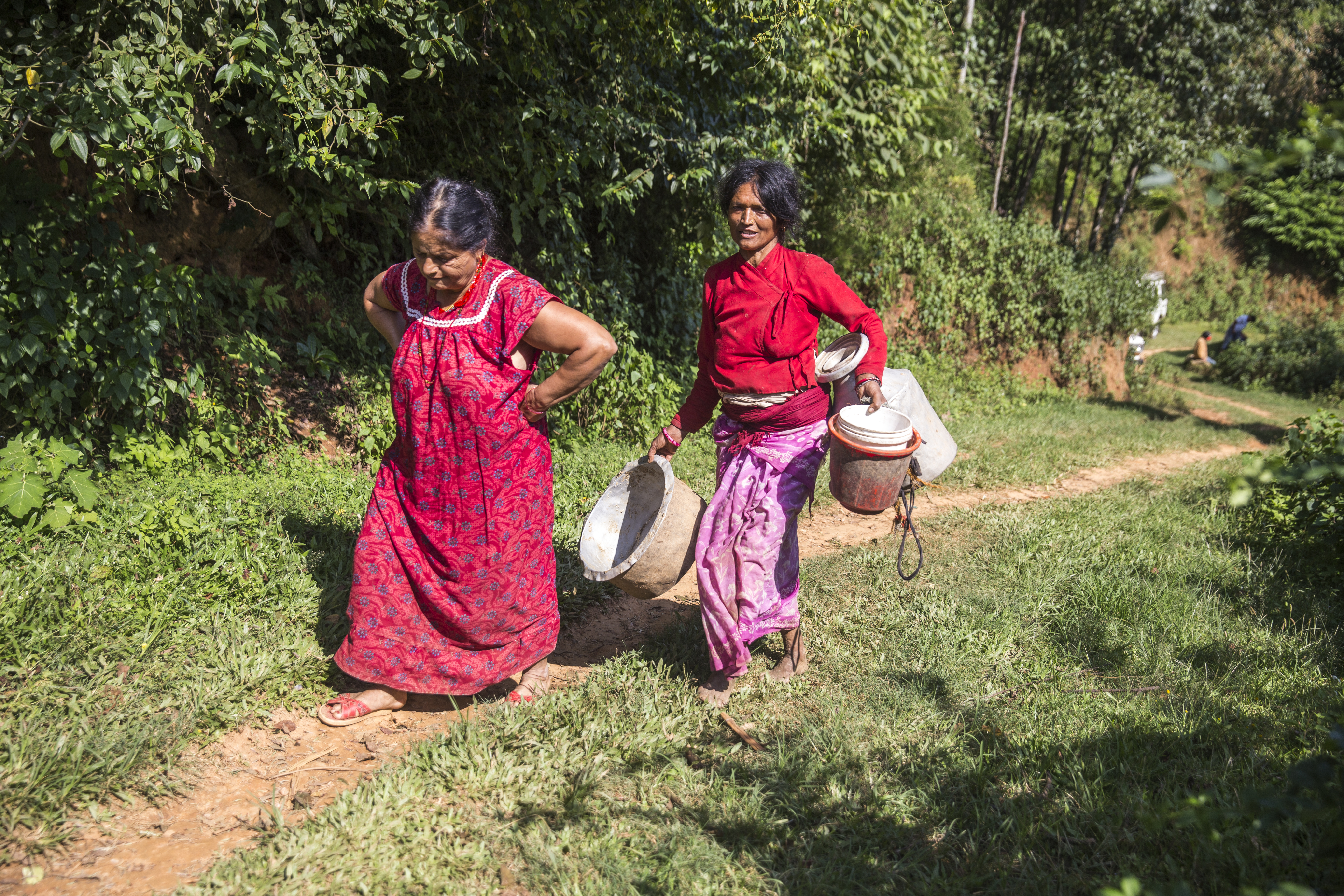
The recent dialogues talk about the deep connection between females and the springshed management. Do you think the focus should continue as same or do we need to talk about men in the equation too?
Absolutely, gender and social inclusion are intricately connected in this context. In the HKH region who is usually fetching water from the springs? It is mainly women, often accompanied by their children. But it is not about focusing exclusively on either men or women when discussing gender so, the integration of both genders is crucial.
The issue lies in the historical male dominance in decision-making. While involving men is important – they bring valuable insights – there is a unique aspect that women contribute. Women possess a wealth of knowledge about springs, yet their perspectives are often left out of decision-making processes.
This can lead to unsustainable outcomes in the long run. Their priorities are vital, especially considering that when women emphasise the importance of water, it might not always reach the ears of decision-makers.
For instance, if you are planning to plant trees in a recharge area and you ask men for their input, they might lean towards economically beneficial trees. However, women would bring a multi-dimensional perspective, considering not only economic benefits but also aspects like fodder, aesthetics, and cultural value.
Women are local champions, not only inspiring others but also demonstrating the importance of a holistic approach to springshed management. Men play a role too, as part of the springshed committee. But having women involved introduces a comprehensive dimension that is essential for sustainable management and conservation. In the Namobuddha municipality of Kavre district, we worked closely with local women there, its results supported this concept too.
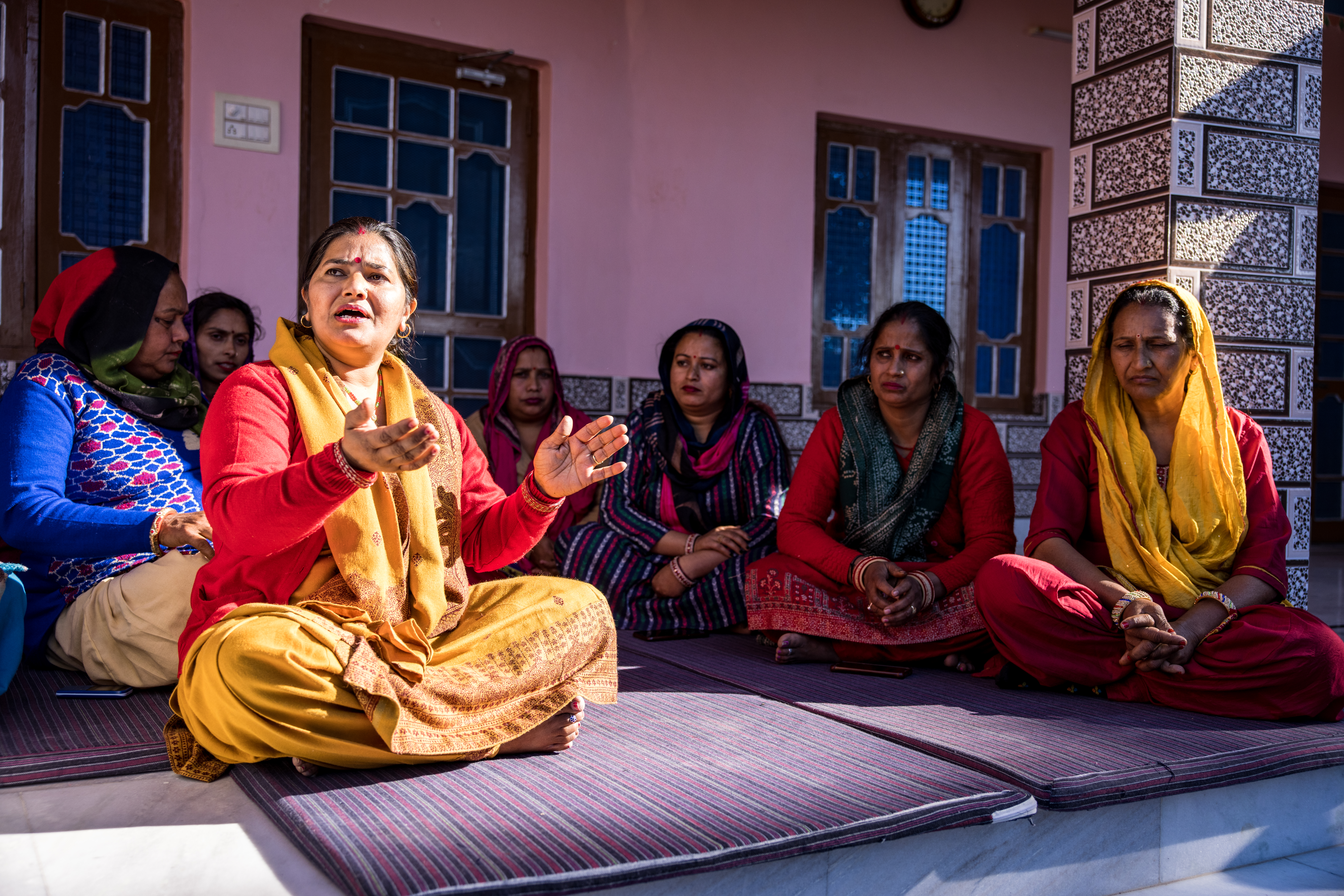
What about the indigenous communities? How are they looking at springsheds now? Has it changed because of the cultural and social dynamics due to modernism or is it the same?
Indigenous knowledge holds tremendous value for effective springshed management. It is the indigenous communities that have been the guardians of their springs. Their practices range from sacred spaces around springsheds to unwritten rules governing land and water. So, to answer your question, there is a growing emphasis on recognising and harnessing indigenous knowledge, globally, making it a timely endeavour.
Their understanding of soils, vegetation, and water-efficient species is invaluable. Springshed management needs a nature-based solution, one that addresses water security and societal challenges while fostering co-benefits. Equity is a key aspect here, involving proper inclusion of indigenous communities and marginalised groups. Biodiversity conservation also comes into play – indigenous knowledge and biodiversity conservation are inherently intertwined.
This knowledge, unfortunately, has not yet been fully integrated into springshed management, but it is high time it was. There is a need to incorporate rich indigenous knowledge into springshed management and link the significant gap in understanding hydrology and forest.
Turning our attention to indigenous communities, there is space and untapped potential that has not been explored deeply from a springshed management perspective. It needs to be thought of in the context of ongoing evolution as they serve as a local solution with global impacts.
Is there an opportunity for cross-learning among indigenous communities across different countries? Absolutely.
Shifting cultivators from Myanmar, Bangladesh, and Northeast India have already shared practices and challenges. But it is important to note that their indigenous systems are at risk due to rapid changes in the mainstream. This is where cross-regional learning becomes vital. And institutions like ICIMOD have been instrumental in bringing indigenous knowledge together.
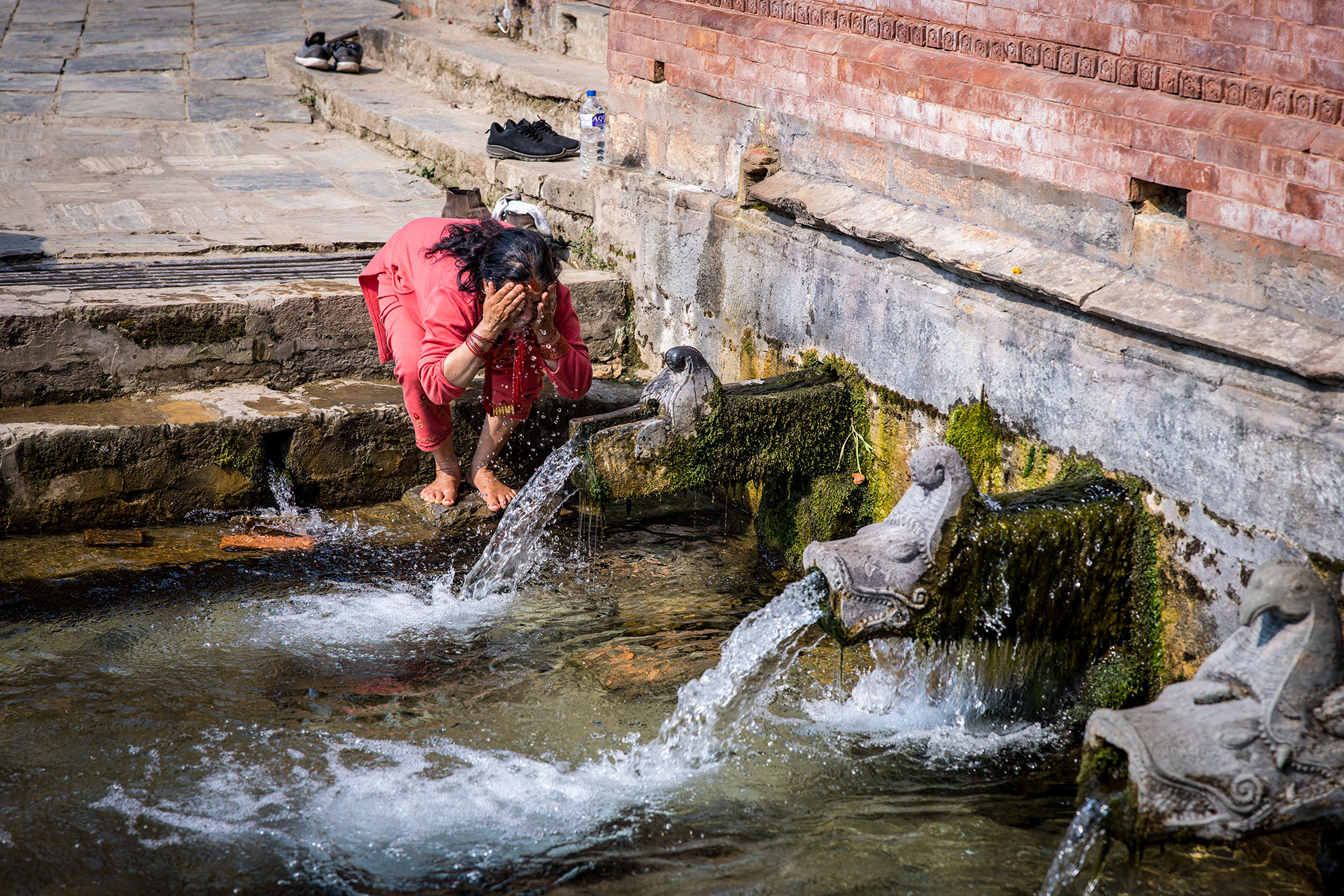
So you’ve talked about the need for the government and the locals to work together. So could you also expand on that more and suggest the way forward?
The heart of springshed management lies within the communities themselves. These are local water systems, used and managed by the local communities. In Nepal, communities in Namobuddha and Dhankuta are becoming increasingly conscious and are even including springshed revival in their budgets.
However, we are now dealing with larger-scale challenges. And scaling up can only happen with larger government programmes or policies strategies, and technical support for spring-centric approaches integrated into infrastructure development – either backed by local governments or national initiatives. But it is not just about financial investment.
Springshed revival is outlined in the new water policy in Nepal, translating that into on-ground implementation requires more effort. We must protect the springsheds that are still running and protect them from human activities like construction and road development.
Nonetheless, reviving springsheds requires community engagement and an understanding of the value they bring. And the government needs to give incentives to encourage preservation efforts.
The role of the private sector is becoming increasingly important. With urbanisation and tourism, hotels and other businesses require water resources. Sensitisation is needed on how the private sector can contribute, not only to water security but also through corporate social responsibility, supporting communities and springshed revival. NGOs and civil society are crucial too, as they mobilise communities and ensure sustainability, pushing for social inclusion.
Lastly, academia and research are key stakeholders. More scientific exploration is needed in springshed management. The collaboration required is broad and one with multi-faceted efforts towards sustainable springshed management.






